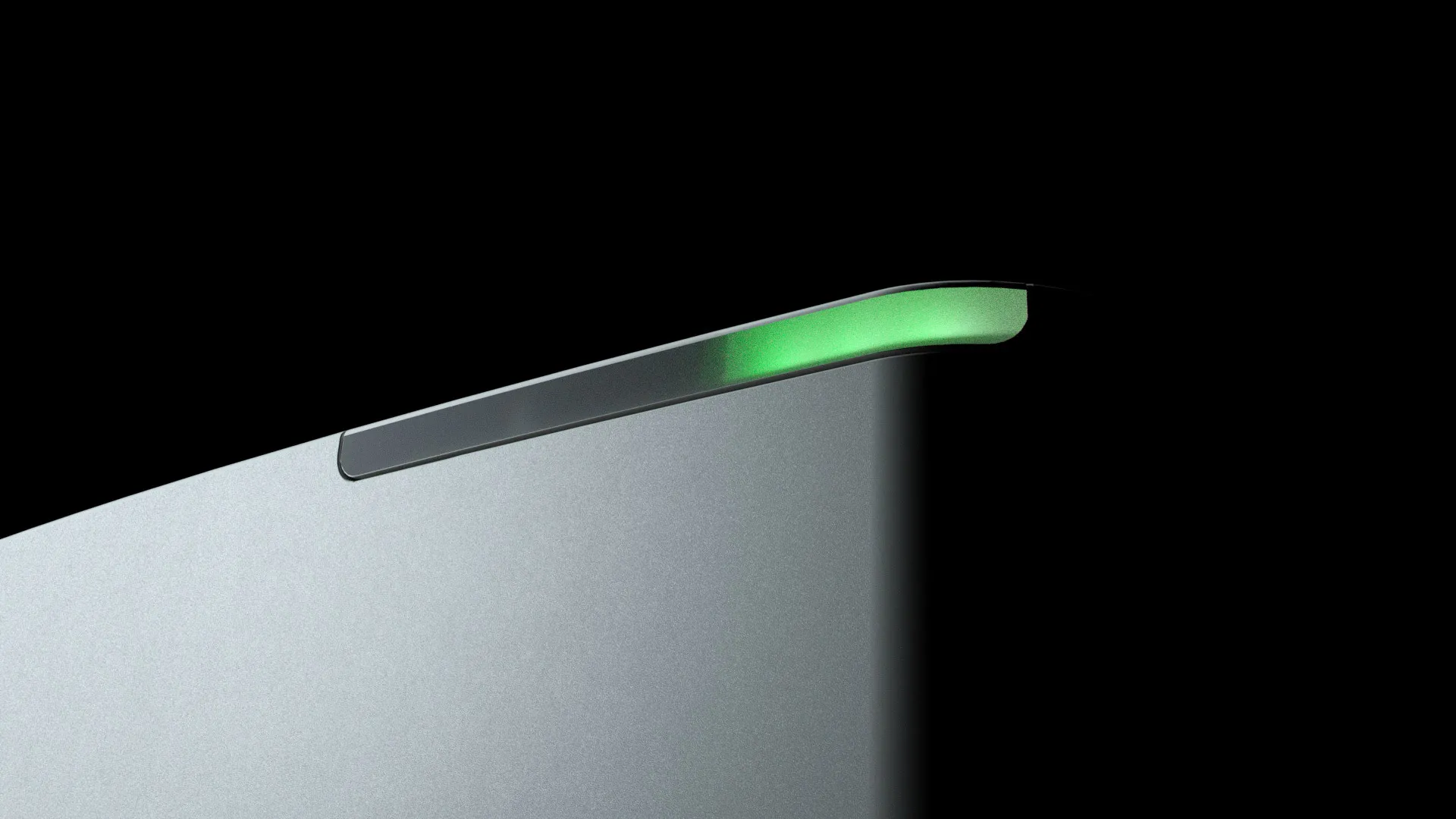
Nucleic Acid (RNA and DNA) Structural Analysis with MMS
Why RNA and DNA Analysis Matters in Therapeutics
Ribonucleic acid (RNA) and deoxyribonucleic acid (DNA) are the protein expression blueprints for all mammalian cells. Although vibrational spectroscopy has long been used in the structural analysis of DNA, the field has only recently expanded to address ribonucleic acid (RNA). This is both fortuitous and a natural reflection of our current era as RNA, specifically mRNA, is the active component of multiple Covid-19 vaccines. Additionally, DNA is used in targeted gene therapies in conjunction with adeno-associated viruses (AAVs).
Challenges in Nucleic Acid Structural Characterization
As these biomolecules possess their own secondary structural characteristics and are perturbed by temperature, formulation, and pH, there continues to be a need for tools that can detect potential structural changes associated with these conditions. IR spectroscopy has been a traditional tool in the gene therapist analytical arsenal. The intrinsic IR spectra of RNA has been shown to be distinct from its DNA counterpart. In fact, differentiating an unfolded RNA population from folded RNA is achievable. Additionally, varying lengths and sequences of RNA show measurable differences in intrinsic IR absorbance and wavelength profiles.
How MMS Supports Advanced Nucleic Acid Analysis
The novel Aurora utilizes a quantum cascade laser (QCL) and a microfluidic flow cell to provide secondary structural characterization of the nucleic acids (RNA and DNA) via Microfluidic Modulation Spectroscopy (MMS). Combined with other orthogonal analytical characterization tools, this unique approach to mid-IR spectroscopy provides confidence in the secondary structural facets of the two nucleic acid therapeutic entities with even faster, more automated mid-IR sample analysis. The improved sensitivity provided by the QCL and the real time background subtraction powered by the MMS technology enable the ultrasensitive detection of the smallest differences between the RNA sequences and their folding states for instance. The real-time background subtraction of the MMS platform promotes analysis in multiple buffers and formulations and across wide concentration ranges. The library of applications and higher order structural insights extracted from MMS analysis continues to grow as fast as the number of therapeutic areas these molecules are impacting.
Learn More: RNA-Ligand Binding and Structural Insights
Learn how MMS can be used to characterize RNA spectral changes due to ligand binding in this informative webinar.
Related Resources

